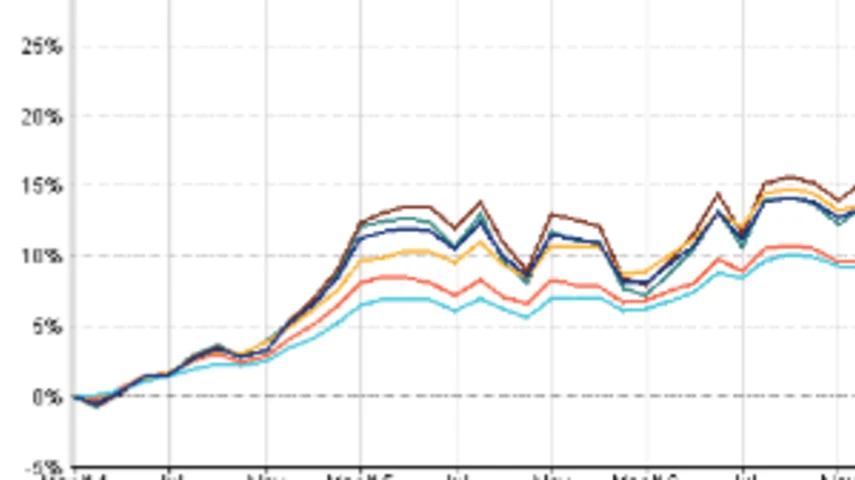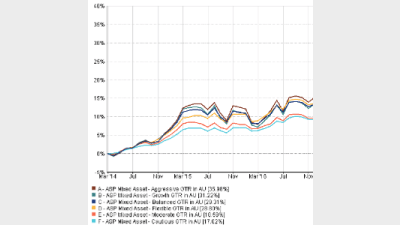How does MySuper stack up against other options?



With new research showing that a significant majority of super fund members don’t swap out of MySuper options, Money Management looked at data from FE Analytics to see whether consumers actually suffer much harm from remaining in default options.
According to Vanguard’s How Australia Saves report, 87 per cent of all super accounts are invested solely in MySuper options, with most members (97 per cent in fact) showing little interest in making portfolio switches in the last financial year.
While this could seem like a slap in the face of the varied options super funds work to offer, is there actually much detriment to members in sticking to the default option?
Data from FE Analytics suggests that any damage is limited, at least for options intended to jump start your balance growth. In the ten years to February’s end, the returns of the Mixed Asset Balanced sector, which encompasses most MySuper options, were within 1.1 percentage points of those of both the Mixed Asset Growth and Aggressive sectors. They each returned 7.08, 8.07 and 8.18 per cent for the time period.
While compounding interest would see this difference add up to quite a bit over a lifetime, staying in the default isn’t as damaging to MySuper members as you may expect, especially as most members swapping between portfolios wouldn’t stay in aggressive options as they aged.
Furthermore, the limited difference in returns wasn’t reflected in similarly small differences in volatility. Members in Aggressive options paid for their higher returns with reasonably higher risk, with the sector recording volatility of 6.41 per cent for the period. The Growth sector wasn’t far behind at 5.96 per cent, while the Balanced option was nearly two full percentage points behind Aggressive at 4.66 per cent. Considering large jumps in volatility occur across smaller percentage differences than with returns, this isn’t an insignificant difference.
Surprisingly, flexible options showed the strongest performance over the decade, returning 8.28 per cent. The Mixed Asset Moderate and Cautious sectors were predictably much lower, at .12 and 4.37 per cent. Also, predictably, this came at a far more appealing risk level for members reaching retirement, with the Moderate sector delivering volatility of 2.62 per cent and the Cautious sector of just 1.88 per cent.
This trend continued over the five years to last month’s end too, as the chart below shows, with the Mixed Asset Aggressive and Growth sectors only outperforming their Balanced counterpart, which returned 5.27 per cent, by 1.07 and 0.31 percentage points respectively. Again, this came at the cost of comparatively larger differences in volatility. The Aggressive, Growth and Balanced options recorded volatilities of 5.85, 5.3 and 4.17 per cent for the period respectively.
Over three years, the jump between the Aggressive and Balanced sectors was more pronounced, with returns of 8.01 and 6.15 per cent respectively, while the difference between Growth and Balanced were again limited to well under a percentage point at 0.79.
Recommended for you
ASIC has commenced civil penalty proceedings in the Federal Court against superannuation trustee Diversa Trustees, regarding the First Guardian Master Fund.
The winners have been announced for the 2025 Super Fund of the Year Awards, held in Melbourne on 26 November by Money Management's sister brand Super Review.
Data and technology provider Novigi has acquired Iress’ superannuation consulting and managed services business from Apex Group.
AMP is to launch a digital advice service to provide retirement advice to members of its AMP Super Fund, in partnership with Bravura Solutions.











